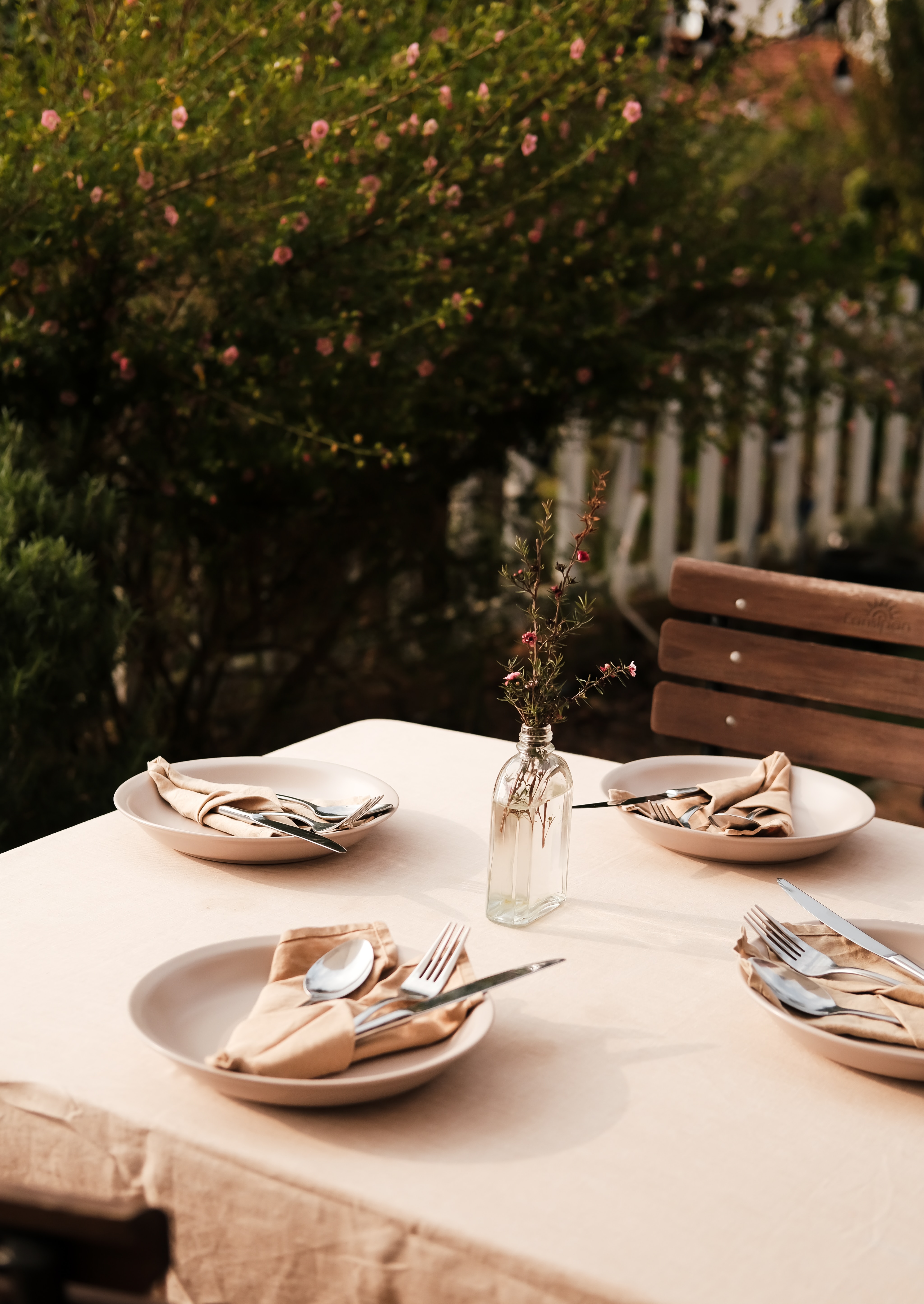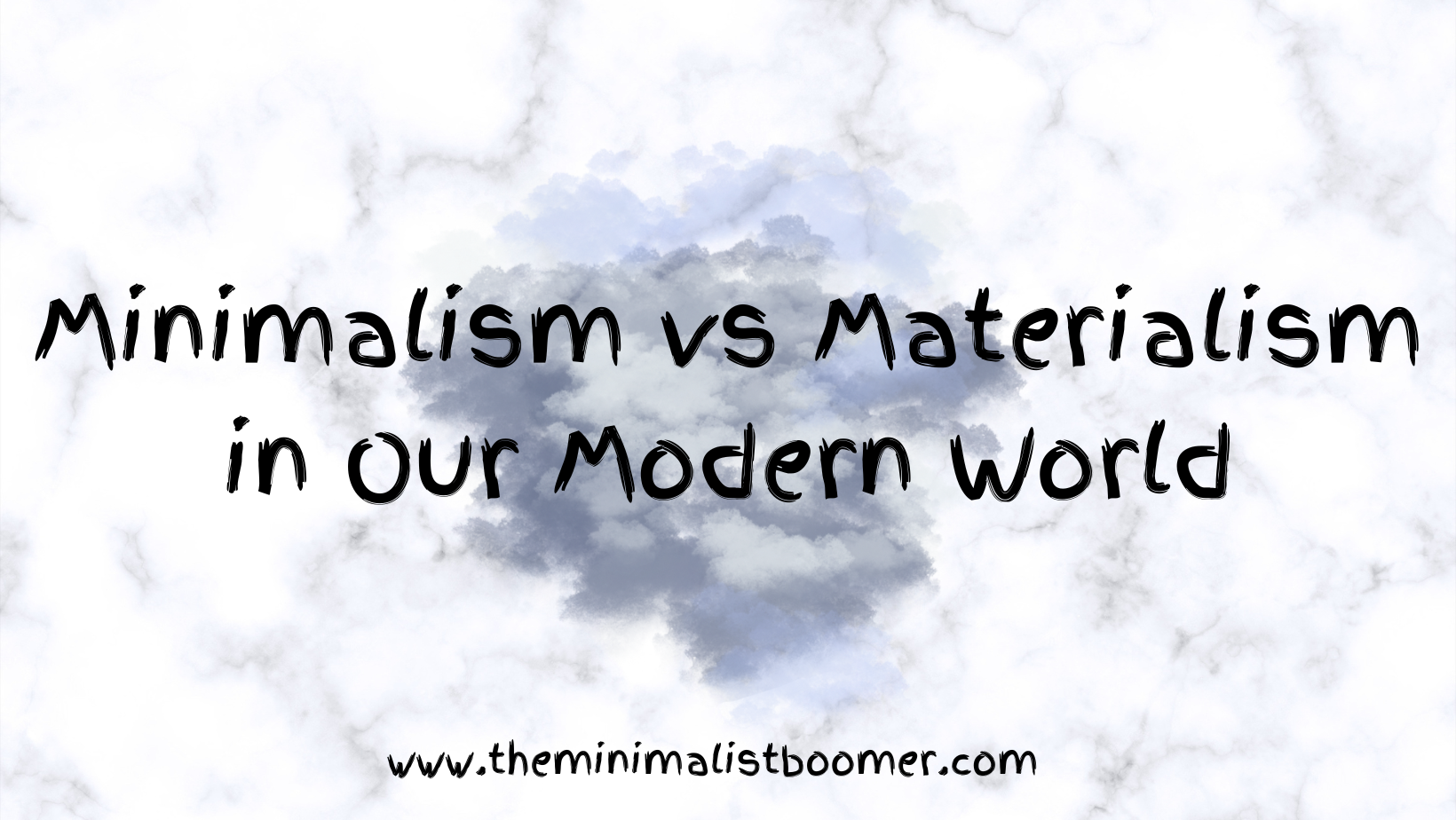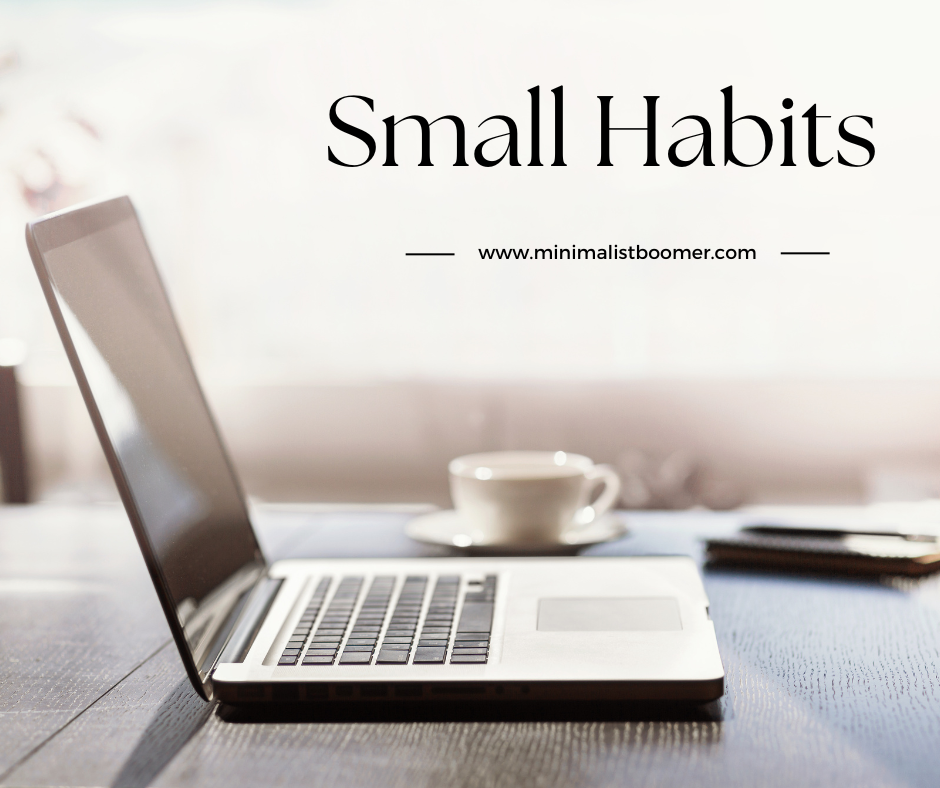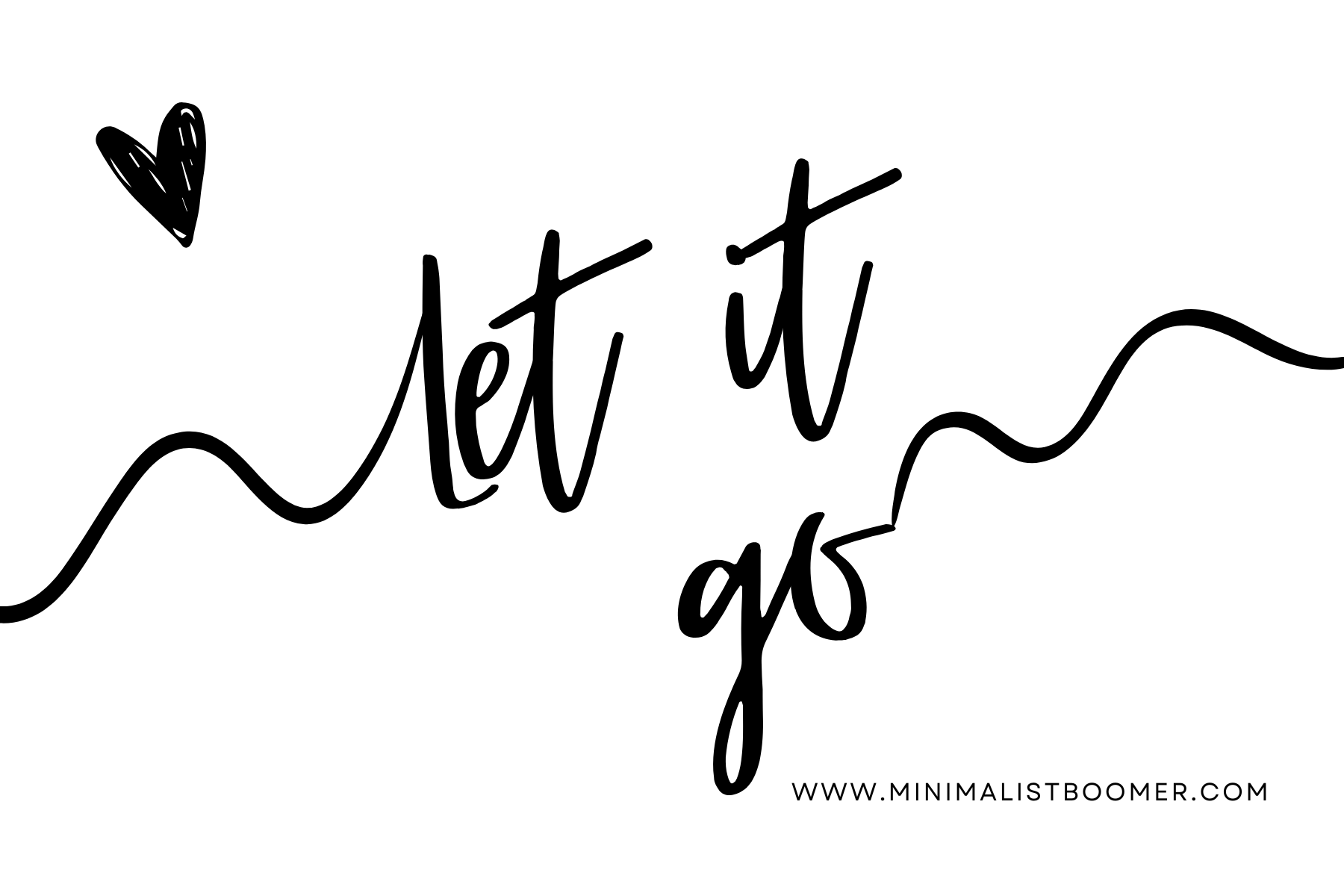I had an interesting conversation the other day and it really got me thinking about the reality of how you get to the place in life where you realize that you have so much stuff you no longer want or need. The ability to live a life of acquiring “things” which at the time seem necessary or desirable are perceived as a luxury to so many others. It’s true. If one has never experienced living in poverty and has always lived a life where their basic needs were met, perhaps it would be “easier” to adopt a “less is more” mindset. I’m fortunate to have been raised by parents who worked hard to provide me with a very good quality of life and consequently, I grew up and worked hard to provide for my family similarly.
So, is minimalism just a different kind of materialism? It’s a question that has been on my mind lately and I’ve been giving a lot of thought to. I’d like to attempt to delve into the relationship between minimalism and materialism, unraveling the complexities behind these seemingly contrasting philosophies. Whether you’re a seasoned minimalist, a curious skeptic, or simply someone seeking a fresh perspective, this exploration aims to shed light on the underlying principles and implications of embracing a minimalist mindset.
Defining Minimalism and Materialism
So, you’ve heard about minimalism and materialism, and you’re probably wondering, “What’s the big deal?” Well, let’s break it down.
Minimalism:
Ah, the art of intentional living! Minimalism is all about taking a step back from the chaos of consumerism and focusing on what really sparks joy in your life. It’s about decluttering your physical and mental space, embracing simplicity, and prioritizing experiences over possessions. Picture this: a serene, clutter-free environment where each item serves a purpose and brings you genuine happiness.
Materialism:
Now, let’s shift gears to materialism. This is the mindset that often drives us to chase after the latest gadgets, trendiest outfits, and shiniest possessions in an endless quest for more. Materialism glorifies the accumulation of stuff and measures success by the size of your wallet rather than the richness of your experiences. It’s like being caught in a feverish race to acquire, accumulate, and then…what? Stare at a mountain of things that don’t necessarily fill the void in our hearts. Minimalism whispers, “Less is more,” while materialism shouts, “More is never enough!”
“Most people seek after what they do not possess and are thus enslaved by the very things they want to acquire.” — Anwar El-Sadat
Comparing Minimalism and Materialism
When looking at the comparison between minimalism and materialism, it’s crucial to understand the philosophical and behavioral disparities between the two lifestyles.

Philosophical Perspectives
Minimalism and materialism hold starkly different philosophical principles. Materialism places emphasis on the acquisition of goods and possessions as a means of attaining happiness and fulfillment. This ideology asserts that one’s worth and contentment are directly correlated with material wealth. On the other hand, minimalism revolves around the pursuit of a fulfilling life through the deliberate reduction of physical and mental clutter. Minimalists find contentment in experiences and personal growth, valuing quality over quantity. It’s the age-old battle of “more is more” versus “less is more.”
Consumer Behavior
The contrasting consumer behaviors associated with minimalism and materialism speak volumes about their character. Materialism drives a culture of overconsumption and impulsive buying, perpetuating the idea that happiness is just one purchase away. In contrast, minimalists are deliberate in their consumption, opting for meaningful and intentional purchases. They prioritize experiences over possessions, focusing on the joy derived from moments over material wealth. This stark difference in consumer behavior also impacts lifestyle choices, as materialists tend to be caught in the cycle of constant acquisition while minimalists focus on purposeful living.
“Individually, people are finding that a simpler lifestyle provides greater satisfaction than the relentless pursuit of materialism.” – Laurance Rockefeller
Critiques and Misconceptions
Minimalism often faces misconceptions and critiques, which can cloud its true purpose. Here are just a few of the common misconceptions about minimalism and delve deeper into its underlying principles.

Equating Minimalism with Materialism
It’s a common misconception to equate minimalism with materialism, assuming that both are centered around physical possessions. However, the main distinction lies in the value and priority assigned to these possessions. Materialism tends to emphasize the accumulation of goods as a source of fulfillment, often leading to excess and clutter. On the other hand, minimalism prioritizes intentional living, focusing on owning and utilizing only what adds value and purpose to one’s life. It’s about quality over quantity, embracing meaningful experiences over material accumulation.
Superficial Interpretations
Critics often dismiss minimalism as a superficial trend, labeling it as a mere aesthetic preference or a passing fad. However, the impact of minimalism delves much deeper than surface-level decluttering. It extends to psychological well-being, embracing mindfulness, and reshaping societal perspectives on consumerism and sustainability. By simplifying our lives, we create space for meaningful connections, reduced stress, and a greater appreciation for the things that matter most. Minimalism goes beyond the superficial and resonates with the fundamental human desire for purpose and fulfillment.
Now that we’ve explored the concepts of minimalism and materialism, it’s clear that these philosophies hold significant influence over the modern world. From the pursuit of simplicity and intentional living in minimalism to the allure of consumption and accumulation in materialism, these ideologies offer contrasting paths to fulfillment.

Embracing Minimalism for a More Fulfilled Life
Minimalism beckons us to question the purpose of our possessions and the meaning we attribute to them, nudging us toward a more deliberate and conscious way of life. By reframing our relationship with material goods, we gain the potential for clarity, gratitude, and increased focus on what matters most to us.
Unveiling the Allure of Materialism
Conversely, materialism thrives on the notion of acquisition as a means to happiness and status. The allure of material possessions can be intoxicating, offering a temporary sense of gratification and validation. However, the relentless pursuit of more can lead to a shallow and unfulfilled existence if you’re not careful.

The Crossroads of Choice
In the intersection of these divergent philosophies lies the crossroads of choice. It’s here where we find the power to sculpt our lives, steer our values, and construct our identities. By embracing the principles of minimalism, individuals can navigate a more deliberate and purposeful path, redefining their pursuit of fulfillment and well-being.
In the battle of minimalism versus materialism, the choice is yours. It’s a decision that shapes not only our physical surroundings but also our mental and emotional landscapes. The journey toward a more enriched and meaningful life awaits, empowered by the choices we make along the way.




